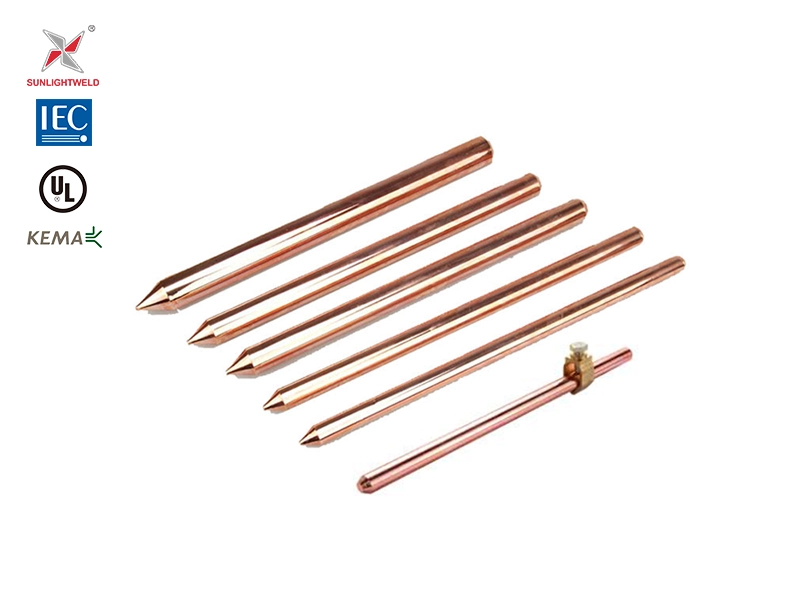In the realm of precision machining, the spindle tool stands as a cornerstone of efficiency and accuracy. Whether in a CNC (Computer Numerical Control) machine or a traditional milling setup, understanding the role and functionality of spindle tools is crucial for engineers, machinists, and manufacturers alike. This article delves into the multifaceted nature of spindle tools, exploring their types, functions, and significance in modern manufacturing processes.
What is a Spindle Tool?
At its core, a spindle tool is a rotating component that holds and drives cutting tools in various machining operations. It is designed to provide the necessary rotational motion and stability required for precise cutting, drilling, and milling tasks. Spindles can be found in a variety of machines, including lathes, milling machines, and CNC routers, each tailored to specific applications and materials.
Types of Spindle Tools
Spindle tools can be categorized based on their design, functionality, and application. Here are the primary types:
- Vertical Spindles: Commonly used in milling machines, vertical spindles allow for cutting tools to be mounted vertically. This configuration is ideal for operations requiring downward cutting forces, such as face milling and drilling.
- Horizontal Spindles: Found in horizontal milling machines, these spindles enable lateral cutting motions. They are particularly effective for operations that require a wider cutting surface and are often used for heavy-duty machining tasks.
- High-Speed Spindles: These spindles are engineered for high RPM (revolutions per minute) operations, making them suitable for precision machining of materials like aluminum and plastics. High-speed spindles enhance productivity by reducing cycle times and improving surface finishes.
- Live Spindles: Often utilized in CNC lathes, live spindles allow for simultaneous rotation of the workpiece and the cutting tool. This capability is essential for complex machining tasks that require both turning and milling operations.
Functions of Spindle Tools
The primary functions of spindle tools extend beyond mere rotation. Here are some critical roles they play in machining:
- Tool Holding: Spindles securely hold cutting tools in place, ensuring stability during operation. The design of the spindle, including features like taper or collet systems, determines the type of tools that can be used.
- Power Transmission: Spindles transmit power from the machine's motor to the cutting tool. The efficiency of this power transfer is vital for maintaining consistent cutting speeds and torque, which directly impacts the quality of the finished product.
- Vibration Damping: High-quality spindles are designed to minimize vibrations during operation. Excessive vibrations can lead to tool wear, poor surface finishes, and inaccuracies in machining. Advanced spindle designs incorporate features that absorb and dampen vibrations, enhancing overall performance.
- Cooling and Lubrication: Many spindle tools are equipped with cooling and lubrication systems to prevent overheating and reduce friction. This is particularly important in high-speed applications where heat buildup can compromise tool integrity and machining accuracy.
The Importance of Spindle Tools in Manufacturing
The significance of spindle tools in manufacturing cannot be overstated. They are integral to achieving high precision and efficiency in machining processes. Here are some reasons why spindle tools are essential:
- Precision Engineering: In industries such as aerospace, automotive, and medical device manufacturing, precision is paramount. Spindle tools enable manufacturers to achieve tight tolerances and intricate designs, ensuring that components meet stringent quality standards.
- Increased Productivity: With advancements in spindle technology, manufacturers can achieve higher speeds and feeds, resulting in reduced cycle times. This increased productivity translates to lower operational costs and improved profitability.
- Versatility: Spindle tools can accommodate a wide range of cutting tools and materials, making them versatile components in various machining applications. This adaptability allows manufacturers to respond quickly to changing market demands and production requirements.
- Enhanced Surface Finish: The stability and precision provided by spindle tools contribute to superior surface finishes on machined parts. This is particularly important in applications where aesthetics and functionality are closely linked.
Conclusion
In summary, spindle tools are indispensable components in the world of precision machining. Their ability to hold, rotate, and stabilize cutting tools plays a critical role in achieving high-quality, efficient manufacturing processes. As technology continues to evolve, the design and functionality of spindle tools will likely advance, further enhancing their importance in modern machining applications. Understanding the intricacies of spindle tools not only empowers machinists and engineers but also drives innovation in the manufacturing sector, paving the way for future advancements in precision engineering.



